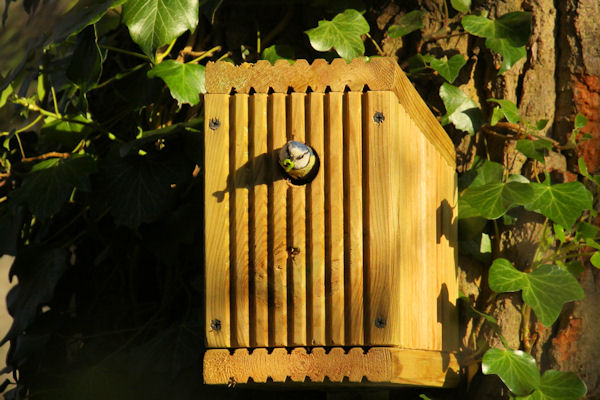June in Bicknor Wood
The weather has been teasing us again. Why is it called "flaming June"? Answers on a postcard please. We seem to have been waiting ages, but at last we have a full canopy of leaves and a cool, shady wood. Birds have been difficult to find amongst all those leaves and the summer months are often referred to as "the doldrums" by birders.
Only 20 bird species were observed during June, but the life list has grown to 49 with the inclusion of House Martin on 13th June. 2 Great Tit chicks were seen on the 9th.
The Great Spotted Woodpeckers fledged a single chick on June 3rd, but since then, the woods have been very quiet. Most of the small birds that only breed once are high in the canopy and no longer defending territories or feeding noisy chicks. Robins, Blackbirds and Song Thrushes may have multiple nests in a season, so they are still singing.
Unlike the previous months when a single species of flower dominated, June has been the month of variety and subtlety. The Red Campion has been very common and stands out in the the shadows.
Brambles retain functional leaves during the colder months, but burst with fresh greens in spring. Foxgloves also keep a presence above ground during the winter, but became really showy from early June.
If anyone has taken any photos of the flowers, please send them to me at redgannet@gmail.com. Thank you.
Most of the flower beetles might be expected, but an Azure Damselfly was a surprise.
Bird list for June;
Woodpigeon, Jay, Wren Mistle Thrush, Song Thrush, Blackbird, Robin, Herring Gull, Dunnock, Magpie, Collared Dove, Chiffchaff, Blackcap, Chaffinch, House Martin, Starling, Crow, Blue Tit, Woodpecker, Great Tit.
Plant species for June;
Bristly Oxtongue, Smooth Sow Thistle, Prickly Sow Thistle, Lady Fern, Wood Dock, Broad-leaved Willowherb, Rosebay Willowherb, Rough Hawk's Beard, Mugwort, Hedge Woundwort, Common Vetch, Foxglove, Common Figwort, Cinquefoil.
















Comments
Post a Comment